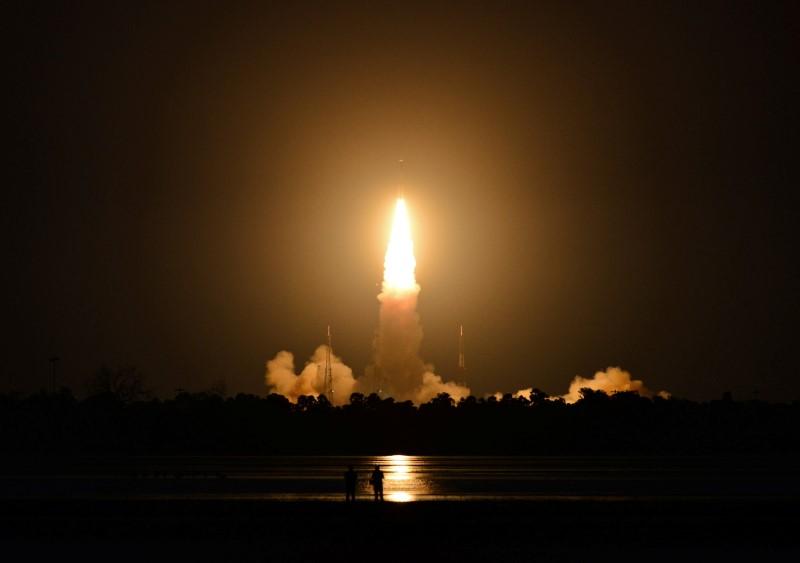An Indian space agency lost an important earth observation satellite after it failed to ignite fully in its final stage, about five minutes after lift-off, the state-run agency announced on Thursday.
The satellite, meant for monitoring natural disasters such as cyclones, cloudbursts, and thunderstorms, was launched on a geosynchronous satellite launch vehicle at 8:13 p.m. EDT on Aug. 11 from the Satish Dhawan Space Centre in southern India.





